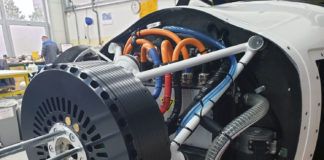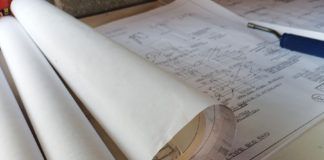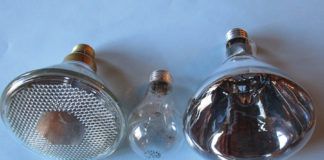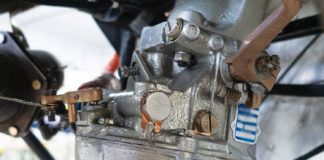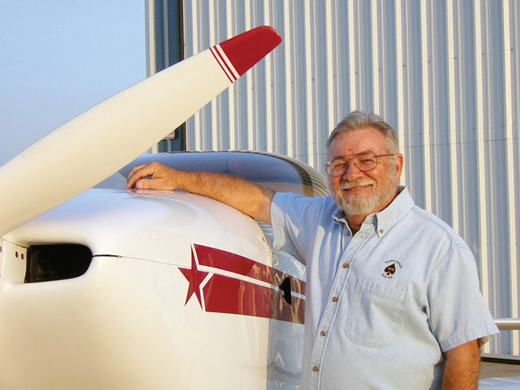
Last year when Paul Dye called and asked me if I was interested in doing an airworthiness inspection on the RV-1, my first question was: “Does it really need one? It’s only being repaired, right?” After discussing it at length and reviewing the maintenance logs, we decided that because of considerable discrepancies over the years, and certain modifications needing to be done, the airplane deserved a complete recurrent airworthiness inspection. Dye asked me to look over the airplane and make a list of what, in my opinion, was needed.
Have you ever changed the clutch on an old pickup truck that’s had a leaking rear main seal? If so, you have some idea of my first impression of the RV-1.
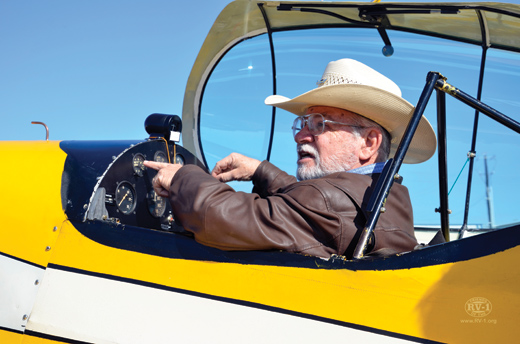
Jeesh, what a mess. My list for Dye was short, consisting of one word: “Everything!” Seriously. One could hold the ailerons in a fixed position and literally move the stick 3 inches. Besides the extreme wear, the airplane was filthy and had a lot of rust. Yep, rust! Much of the control system was steel, and any corrosion-preventing materials were long gone. Questionable repairs had been made to the engine mount. The first task was to clean everything up. Then, and only then, could the proper repairs be accomplished. It was also decided that a few “upgrades” should be done to make the aircraft more practical for touring, such as adding a minimal electrical system for starting, as well as a radio and transponder.
Then the volunteer team got to work. There was a lot to be done. Because I was to sign off on the airworthiness of the airplane, I was not allowed to do a significant amount of work on the aircraft, and I was there mostly in a supervisory role. However, most of the volunteer workers were experienced RV builders, so little supervision was needed.
The airplane had gained considerable weight over the years, and an increase in gross weight was needed. I suggested that I would like to get Dick VanGrunsven’s approval before authorizing such an increase. He did approve the increase, but we all agreed that the airplane would not be allowed any aerobatics, considering its age.
When it came time for the final inspection, I was actually surprised to find a number of discrepancies. Nothing major, just the usual misuse of hardware, such as Nyloc nuts where castle nuts are required, missing safety wire and chafe points for wiring.
This aircraft was built many years ago, so the data plate is installed inside the airplane. While this is acceptable for early aircraft, the information must also be applied to the exterior of the aircraft to cover DEA regulations. The reason for most of the discrepancies was probably that so many different people worked on the project.
All in all, the volunteers did a fantastic job and the aircraft received its new airworthiness certificate on February 11, 2012, 1049 hours after its last airworthiness certificate, issued in June of 1981.
Please send your questions for DAR Asberry to [email protected] with “Ask the DAR” in the subject line.

![]()
Mel Asberry is an experienced Designated Airworthiness Representative specializing in Experimental/Amateur-Built aircraft. He and his wife, Ann, have built seven amateur-built airplanes including two ultralight types, a Moni Motorglider, a Dragonfly Mk2, two RV-6s and a Zenair CH 601HDS. They are currently building a scratch-built biplane.







